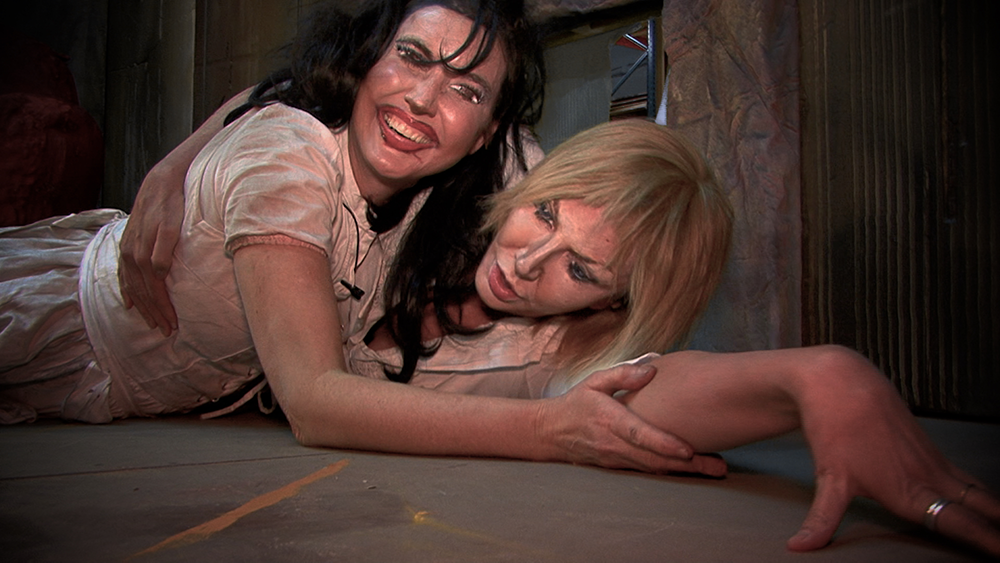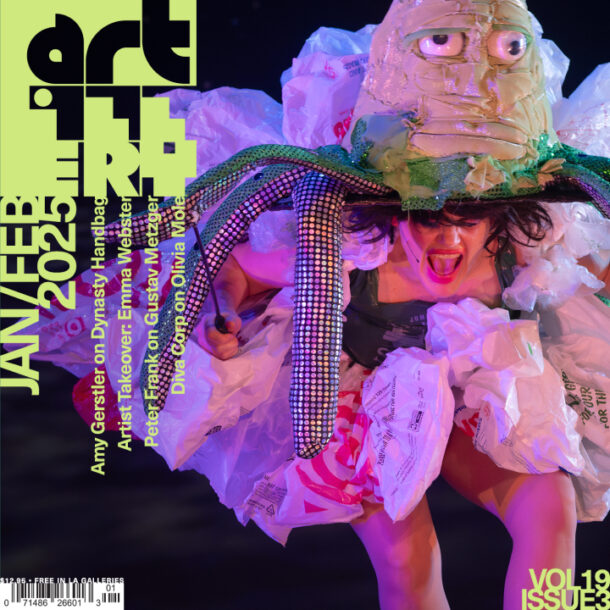There has never been a year in Los Angeles—certainly not in this century, more probably the last 30 years—when our artists haven’t delivered something surprising, extraordinary, something to change the way we talk and think about and look at the world. This year was no different—but somehow it felt more urgent; and on one level or another it was. We’re in trouble. The biosphere continues to collapse catastrophically. An era of trans-national and global migrations is upon us. Throughout the West, our constitutional democratic republics are under threat. Autocrats rain death and destruction upon neighboring states far and wide pursuing strategic dominance and sheer psychopathic fantasy.
Both individually and institutionally, we’re more demanding in recent years simply because the stakes are so much higher. Yet in one show after another, we could see artists peering through this twilight fog, cracking the codes of our cultural pathologies, navigating an evolving semiotic landscape to show us something new—a way of looking, seeing, listening, experiencing or understanding something; or simply drawing our attention to the extraordinary in plain view.

Kaari Upson, Kris’s Dollhouse (detail), © The Art Trust created under Kaari Upson Trust. Courtesy of Sprüth Magers
Kaari Upson – never, never ever, never in my life, never in all my born days, never in all my life, never
Sprüth Magers – Los Angeles
August 4, – October 15, 2022
In a video performance that constitutes part of the work, Kris’ Dollhouse (2017-19), Upson (in heavy, mask-like maquillage) guides us through portions of her over-scale domestic ‘dollhouse’ interior, accompanied by ‘Kris’ herself (similarly made-up), who bears an odd resemblance to Kim Gordon of Sonic Youth. I’m sure it wasn’t, but there was something oddly fitting about one of the songwriters of songs like “Ghost Bitch” and “Society Is A Hole” getting a guided tour of a place she would have understood down to her bones. Upson was, among many things, a kind of necromantic theoretician of the symbiotic construction of identity, place and habitat, also their ultimate entropic decay. She understood the fantasy and violence underlying this peculiarly human cultural construction and the not-so-indelible but corrosive stain it leaves behind. This was a forever never for the death days.

Catalina Ouyang, Debt, 2022 (detail). Image courtesy of the artist and Night Gallery, Los Angeles, and Make Room Los Angeles. Photo: Nik Massey.
Catalina Ouyang – forgive everything
Night Gallery (in collaboration with Make Room Los Angeles)
November 12, 2022 – January 21, 2023
The scope of Ouyang’s installation was immersive—not unlike the ‘restricted’ version of the three-body problem—the conceptual armature of the exhibition—that essentially underlies our physical existence on this planet. Video footage of dancers in flowing costumes (Syzygy, with choreography by Eloise Deluca and Lu Yim) swirled around gallery walls and scrims separating the space into three discrete zones (by way of spinning projectors), as if to simulate the ‘bodies’ in motion. Within the spaces, surreal assemblage configurations seemed to elongate and articulate moments in these trajectories—as history, allegory, legacy, both illuminating and mysterious—discrete events, yet conceivably connective tissues that may never properly join in this serious, delirious and above all, generous vision.

Wassily Kandinsky, Heavy Circles, 1927. oil on canvas 22-1/2 x 20-1/2 in. (57.2 x 52.1 cm). Norton Simon Museum, The Blue Four Galka Scheyer Collection
Drawing Down the Moon
Hammer Museum
June 19, – September 11, 2022
This was a show that seemed to take us completely by surprise and I almost wondered if it had been deliberately programmed to offset the grim here-and-now of its (fine) neighboring exhibition. But then this, too, was work which invoked or acknowledged an elemental struggle—this one implicated in both the shaping of the planet and its capacity to generate and sustain life. Of course the moon evokes myth and magic—and we need reminding of it at a moment when the tides have turned against us. That these exhibited treasures were drawn almost entirely from local institutions was somehow reassuring (it’s not all magic) and brought further delight.

Cy Twombly, “Leaving Paphos Ringed with Waves (IV)” (detail) (2009) acrylic on canvas (267.4 x 212.4 cm.) Private collection, courtesy Gagosian Gallery and J. Paul Getty Museum. © Cy Twombly Foundation
Cy Twombly: Making Past Present
J.Paul Getty Museum – Getty Center
August 2, – October 30, 2022
Regardless what first drew Twombly to the Eternal City and held him there, when you come down to it, neither abstraction nor expressionism could ever be enough for him (nor would it be even for most artists labeled as such). He was pursuing a kind of free verse mythography in drawing, painting, and the kind of mark-making we once simply called graffiti, and naturally went straight to the source. Virgil was clearly an inspiration, but as we saw in this ecstatic show, he made himself his own Aeneas.

Amir Zaki, “Built in 1874, Damaged in 1889, Renovated in the 1920s X” (60 x 48-3/4 in., framed), © Amir Zaki, Courtesy of Diane Rosenstein Gallery
Amir Zaki – On Being Here
Diane Rosenstein Gallery
June 4, – July 16, 2022
The sea, the endless sea; the limitless horizon line; and that final jumping-off point, our perch at the shore’s edge—and how do we get from here to there, where we finally tip over the vanishing point of the planet’s curvature? There’s loneliness and longing in these brilliant bisected views of our place of (mostly imaginary) voyage out—and voyage home. (Look to the birds for clues.) The title sums it up perfectly: this is where we are.

Nancy Evans, San Joaquin Series #3, 2018-2019.
Transcendent
Louis Stern Fine Arts
December 10, 2022 – January 28, 2023
Anchored by stunning masterpieces by Frederick Wight and Lee Mullican, and featuring outstanding recent work by Nancy Evans, Khang Nguyen, Kymber Holt and more, curator Michael Duncan makes a persuasive case for the transcendental mode as a constant through contemporary non-objective abstraction and well beyond, embracing organic, biomorphic, and mathematical dimensions.
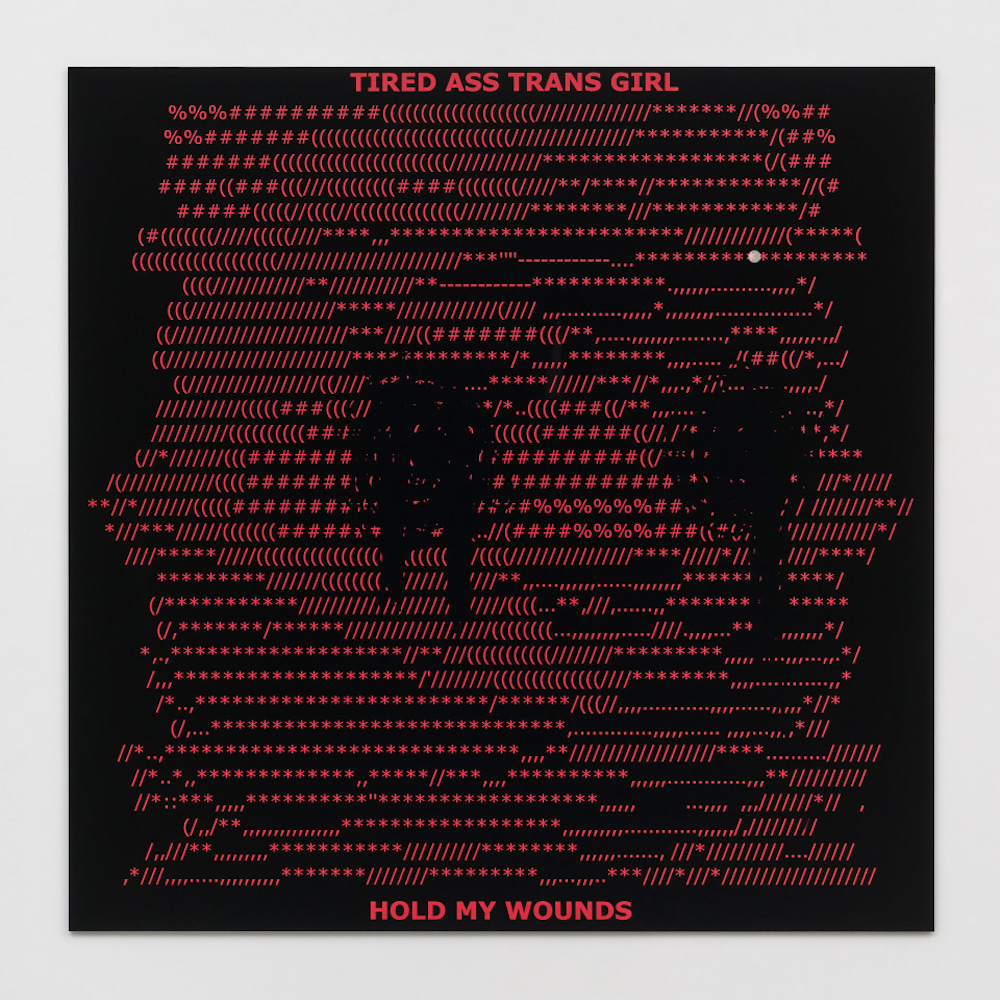
Danielle Brathwaite-Shirley, GAPE, 2022. Courtesy of David Kordansky Gallery.
Danielle Brathwaite-Shirley – GET HOME SAFE
David Kordansky Gallery
May 27, – July 1, 2022
The masterpiece art encounter is, whether we realize it or not, a participatory event (which should be apparent from all of the foregoing). Not surprisingly game design (as with film, video, performance, other media) has entered the fine art domain—here integrating personal and panoramic aspects to create a simultaneously immersive and hypertextual (and textural) experience. Brathwaite-Shirley’s focus here is a very specific passage: the evening walk home, with black trans persons as her central subject. Race and gender fluidity magnify the stakes here, but also the community landscape, social markers, the manifold of individual and collective consciousness—all of which Brathwaite-Shirley has brilliantly illuminated.

Victoria Gitman, “Untitled,” 2013. Private Collection, Courtesy of François Ghebaly Gallery. Photo by by Paul Salveson.
Victoria Gitman – Everything is Surface: Twenty Years of Painting
François Ghebaly Gallery
April 2, – May 2, 2022
Once encountered, you can never have enough of these paintings (and drawings), these objects, these jewels. A few of them were just that in their pre-Gitman lifetimes. They draw our gaze, our desire to hold, to possess—invite us to venerate their preciousness. But more importantly they demand we linger with (in Gitman’s own words, quoted in Debra Singer’s essay on the show), the “circuits of desire” that connect our gaze with such work; furthermore, the potential disruptions of such ‘circuits.’ These are, after all, specimens, objects, facets, paintings—each one a masterpiece. This was a museum quality survey that would have been right at home at the Met.
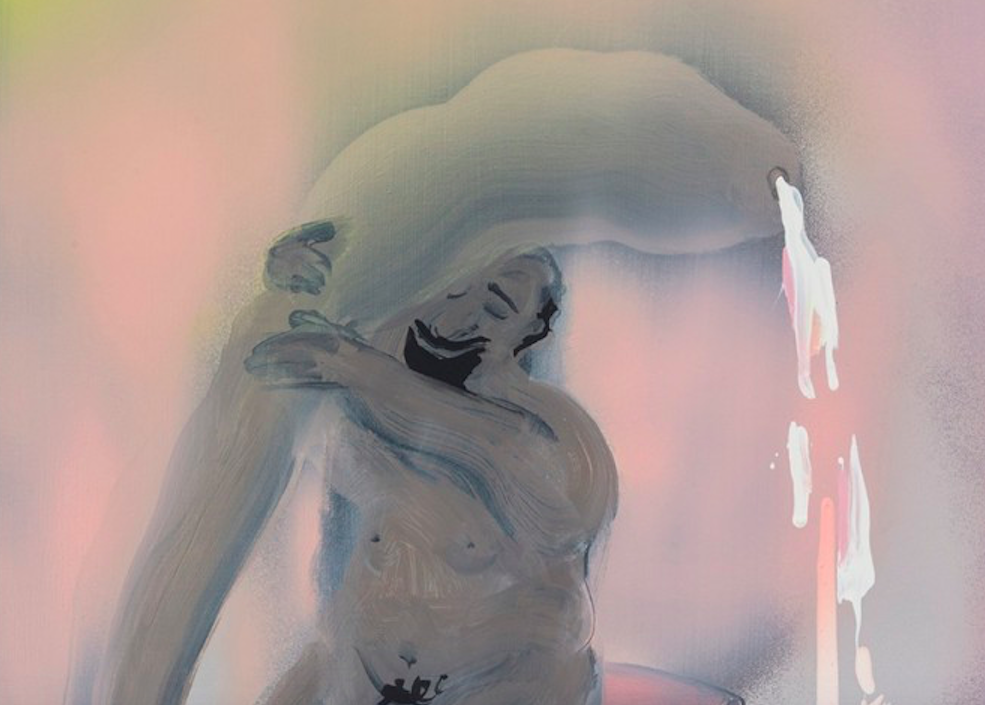
Tala Madani, O, 2015 (detail). Image courtesy of the artist and David Kordansky Gallery, Los Angeles.
Tala Madani: Biscuits
Museum of Contemporary Art (MOCA) – Geffen Contemporary
September 10, 2022 – February 19, 2023
There is something almost brutally frank about Tala Madani’s paintings and animations; and it’s sometimes hard to figure out how and where it starts and if it ever really comes to something we can call an end. It was apparent early on that Madani drew and painted in a particularly unfiltered way. At the same time there’s almost always something tremendously articulate about it—she’s speaking to us as directly as painting can. Beyond whatever influences one might read into her particularly fluid and more than slightly scatological style, she may be the ultimate action painter. Call them turds or ‘biscuits’ (same thing ultimately), she paints the landscape humanity has fashioned for itself
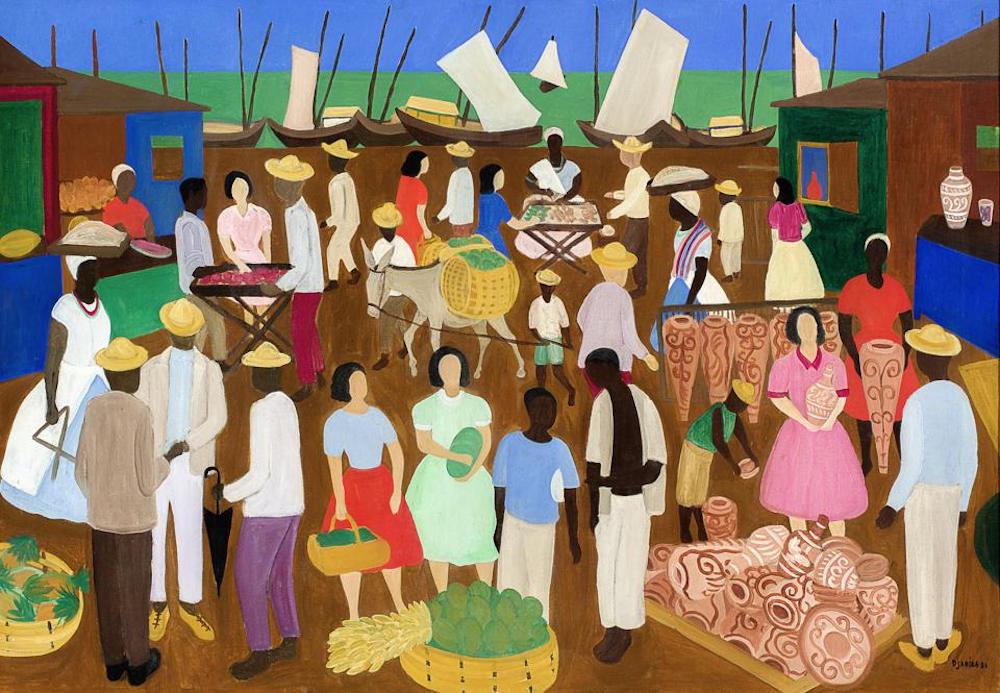
Djanira da Motta e Silva, Bahian Market, 1956. Collection of the Los Angeles County Museum of Art.
Afro-Atlantic Histories
LACMA – Resnick Pavilion
December 11, 2022 – September 10, 2023
This is a sprawling—not to say exhaustive (though it is exhausting)—exhibition of art depicting, describing, reflecting, agonizing, protesting, denouncing, and/or otherwise documenting humanity’s recurring impulse to subjugate fellow members of their species (distinguished by whatever status classification they can think to devise—race, culture, language, location being fairly obvious characteristics to single out—with a specific focus on Europe’s and its former colonies’ human traffic from the continent that is mother to us all) to the state of insects, and thus establishing pretty definitively that, 5,000 years of civilization notwithstanding, there’s not a whole lot to distinguish our anthills from theirs. It should be required viewing for all students over the age of 12 and the entire state of Florida.

